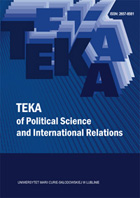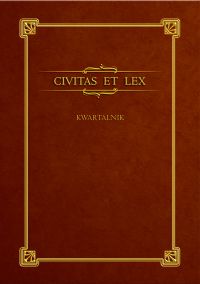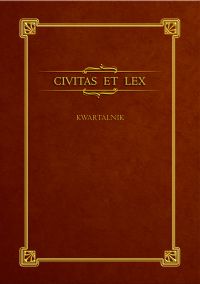
The Bohemian broadside on St Ivan of 1688 : the exception that proves the rule?
The Bohemian broadside on St Ivan of 1688 : the exception that proves the rule?
Keywords: broadside; hagiography; legend; pilgrimage book; St Ivan; St John under the Rock; monastery literature; Czech literature; 17th century
The goal of the paper is to present the broadside on St Ivan printed in Prague in 1688 as important evidence of the existence of vernacular illustrated broadsides in Bohemia in the late 17th century. The broadsheet, which is related to the Benedictine monastery St John under the Rock, near Prague, whose church also serves as a pilgrimage site devoted to St Ivan, obviously aims at shaping the multiple identities and affiliations of the Benedictine community. It clearly belongs to a kind of print production that was costly, and it seems to have been distributed as a gift, with the obvious purpose of providing the monastery with a means for creating and strengthening social ties. In addition, the intertextual connections of the broadside to a pilgrimage book of 1691 relating to the same monastery show how fluid the contemporary boundary was between broadsides and printed booklets. The use of vernacular language and genres typical of pilgrimage books indicates that, despite its graphical and literary ambitions, the broadside of 1688 was not intended exclusively for social and intellectual elites but was designed to offer multiple levels of reception for different kinds of readers.
More...



